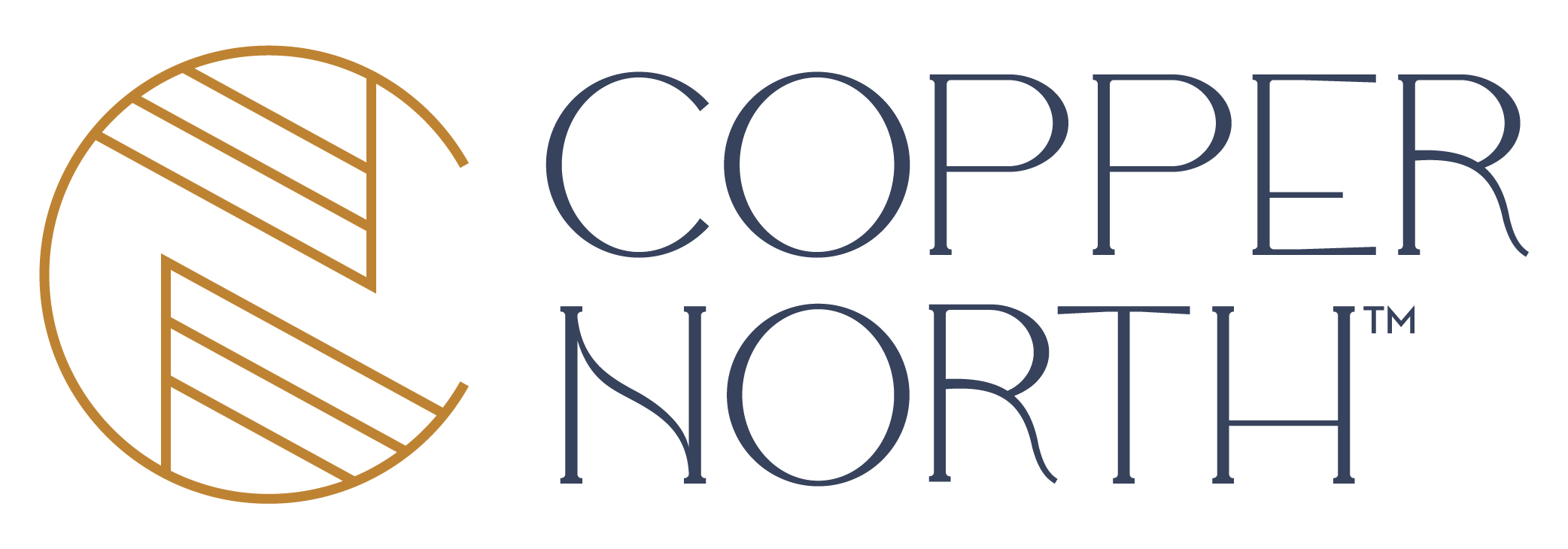Copper is a mineral with a history that stretches back thousands of years, and its health benefits go beyond being an essential nutrient. Over the years, research has shown that copper plays a key role in supporting skin health, making it a powerful ingredient in modern skincare. From its ability to stimulate collagen production to its antimicrobial properties, copper is a versatile solution for a wide range of skin concerns. This article explores six key ways copper supports skin health, with scientific backing to explain how this powerful mineral works.
1. Copper Boosts Collagen Production and Skin Elasticity
Collagen is one of the proteins responsible for keeping the skin firm, smooth, and youthful. As we age, the natural production of collagen slows down, leading to wrinkles, sagging skin, and a loss of elasticity. Copper, however, can help address this process by stimulating collagen production.
Copper is essential for the synthesis of collagen and elastin, two proteins that maintain skin structure and elasticity. It activates enzymes like lysyl oxidase, which helps cross-link collagen fibers, making them stronger and more durable (1). Research published in The International Journal of Molecular Sciences confirmed that copper peptides can improve skin tone and rejuvenate damaged skin cells (2), helping to restore skin’s firmness and youthful appearance.
This is why copper is increasingly found in anti-aging products, including creams, serums, and masks. The application of copper peptides topically or the use of copper-infused products can promote collagen production, resulting in smoother, more resilient skin.
2. Copper’s Antibacterial Properties for Fewer Infections
One of the most remarkable qualities of copper is its natural antimicrobial properties. Copper has been shown to have antibacterial effects, which can be especially beneficial for individuals at risk of bacterial infections.
These traits are particularly powerful in healthcare settings, where copper-infused fabrics and surfaces are used to prevent the spread of bacteria and other pathogens. A study published in the Journal of Hospital Infection confirmed that copper fabrics were effective at reducing the incidence of healthcare-associated infection (3). A separate 2010 review of copper surfaces in healthcare settings across Germany, South Africa, and the UK found significant reductions in bacterial load across all settings, often 60-70% greater than control surfaces (4).
3. Copper as an Anti-Acne Treatment for Clearer Skin
Beyond its antibacterial properties, copper has been explored for its role in treating acne. Copper ions are toxic to many types of bacteria, including Propionibacterium acnes (P. acnes), the bacteria responsible for triggering many acne breakouts.
In a study published in Journal of Drugs in Dermatology, researchers found that topical application of a copper ion salt was used to treat mild-moderate acne and large pores. Following the study period, all participants showed statistically significant improvement from the start of the study (5).
Copper peptides are increasingly common in skincare creams and serums and could also be a tool in addressing the inflammation associated with acne. The anti-inflammatory properties of copper peptides can help reduce redness, swelling, and irritation (6) that often accompany acne breakouts.
Copper-infused treatments may not only prevent future breakouts but can also accelerate the healing process for existing acne. As a result, copper-infused skincare products—such as creams, serums, and even pillowcases—are becoming popular for their ability to help clear acne and prevent new breakouts.
4. Copper Acts as an Antiviral Agent for Skin Health
Copper is known to be effective against a wide range of viruses, which can also affect the skin. Certain viruses, like those that cause cold sores (herpes simplex virus) or warts (human papillomavirus), can wreak havoc on skin health. Copper's antiviral properties may help reduce the severity or likelihood of viral skin infections.
A study published in Polymers demonstrated that copper-ionized fabrics could inactivate 99% of the SARS-CoV-2 virus (responsible for COVID-19) in just minutes (7), suggesting that copper may be effective in killing other types of viruses as well. While more research is needed to fully understand the antiviral mechanisms of copper, these studies highlight its potential as a natural tool for preventing viral infections on the skin.
5. Copper Has Antifungal Properties to Protect Skin
Copper also has antifungal properties, making it effective in treating and preventing fungal infections of the skin. Fungal infections, such as athlete’s foot or ringworm, can cause discomfort, irritation, and scarring if not properly treated. Copper’s ability to kill fungal spores helps maintain the integrity of the skin and keeps it free from infections.
A study in The Foot showed that copper oxide fabrics were highly effective against a range of symptoms from tinea pedis, the fungus associated with athlete’s foot (8). Copper can disrupt the cell membranes of fungal cells, stopping their growth and reducing the chances of skin infection.
The visual appearance and elasticity of skin can also improve with the use of copper-treated fabrics that address fungal infections. A 2012 before & after photographic review of study participants found visible improvement in athlete’s foot symptoms after participants wore socks with copper oxide (9). A separate study in Skin Research and Technology shared results of a 31% increase in skin elasticity in the feet of people who wore copper-oxide-impregnated (10) socks while addressing a fungal infection.
6. Copper Speeds Up Wound Healing and Skin Regeneration
Historically, copper has been used for its wound-healing properties since the times of the ancient Romans. The mineral plays a vital role in promoting tissue repair and accelerating the healing of cuts, burns, and other skin injuries. Copper helps by stimulating the production of collagen and other extracellular matrix proteins, which are essential for tissue regeneration.
A review published in Theranostics stated that copper significantly accelerates the healing process in skin wounds by enhancing collagen deposition and promoting cell regeneration. This applies to both acute - or recent - and chronic wounds (11). This makes copper-infused products ideal for supporting skin recovery in general wound care, after cosmetic procedures, such as laser treatments or chemical peels, or as part of acne-based care.
Copper-infused bandages and wound dressings have been shown to speed up healing, reduce the risk of infection, and minimize scarring. For those looking to enhance the regenerative process in the skin, copper is a valuable tool.
Conclusion: Copper's Powerful Impact on Skin Health
Copper is an essential trace mineral that offers a wealth of benefits for the skin. From boosting collagen production to its antibacterial, antiviral, antifungal, and wound-healing properties, copper is an all-in-one solution for maintaining healthy, youthful skin.
To explore more about copper’s impact on skin health, see these other related articles:
- How Copper is Revolutionizing Wellness and Skin Health
- 9 Unexpected Uses of Copper in Health and Wellness
- Copper and Anti-Aging: How This Mineral Supports Skin Rejuvenation
References
- Rucker, R.B., et al. (1998). “Copper, lysyl oxidase, and extracellular matrix protein cross-linking.” The American Journal of Clinical Nutrition, 67(5 Suppl):996S-1002S. Link
- Pickart, L, et al. (2018). “Regenerative and Protective Actions of the GHK-Cu Peptide in the Light of the New Gene Data.” International Journal of Molecular Sciences, 19(7):1987. Link
- Butler, J. P. (2018). “Effect of copper-impregnated composite bed linens and patient gowns on healthcare-associated infection rates in six hospitals.” Journal of Hospital Infection, 100(3):e130-e134. Link
- Grass, G., et al. (2010). “Metallic Copper as an Antimicrobial Surface.” Applied and Environmental Microbiology, 77(5):1541–1547. Link
- Stephens, T.J., et al. (2015). “Pilot Study of Topical Copper Chlorophyllin Complex in Subjects With Facial Acne and Large Pores.” Journal of Drugs in Dermatology. 14(6):589-92. Link
- Pickart, L, et al. (2018). “Regenerative and Protective Actions of the GHK-Cu Peptide in the Light of the New Gene Data.” International Journal of Molecular Sciences, 19(7):1987. Link
- Román, L.E., et al. (2022). “Textiles Functionalized with Copper Oxides: A Sustainable Option for Prevention of COVID-19”. Polymers (Basel). 14(15):3066. Link
- Zatcoff, R., et al. (2008). “Treatment of tinea pedis with socks containing copper-oxide impregnated fibers.” The Foot. 18(3):136-141. Link
- Gargiulo, M.E., et al. (2012). “Analysis of the Effect of Wearing Copper Oxide Impregnated Socks on tinea pedis Based on “Before and After” Pictures – A Statistical Follow-up Tool.” The Open Biology Journal. 5:17. Link
- Dykes, P. (2014). “Increase in skin surface elasticity in normal volunteer subjects following the use of copper oxide impregnated socks.” Skin Research and Technology. 10.1111/srt.12187. Link
-
Zhang, Z. et al. (2024) “Copper incorporated biomaterial-based technologies for multifunctional wound repair.” Theranostics. 14(2):547–570. Link





Share:
How Copper Rejuvenates Skin: The Ancient Remedy with Modern Benefits
Copper’s Antibacterial Properties and Health Benefits